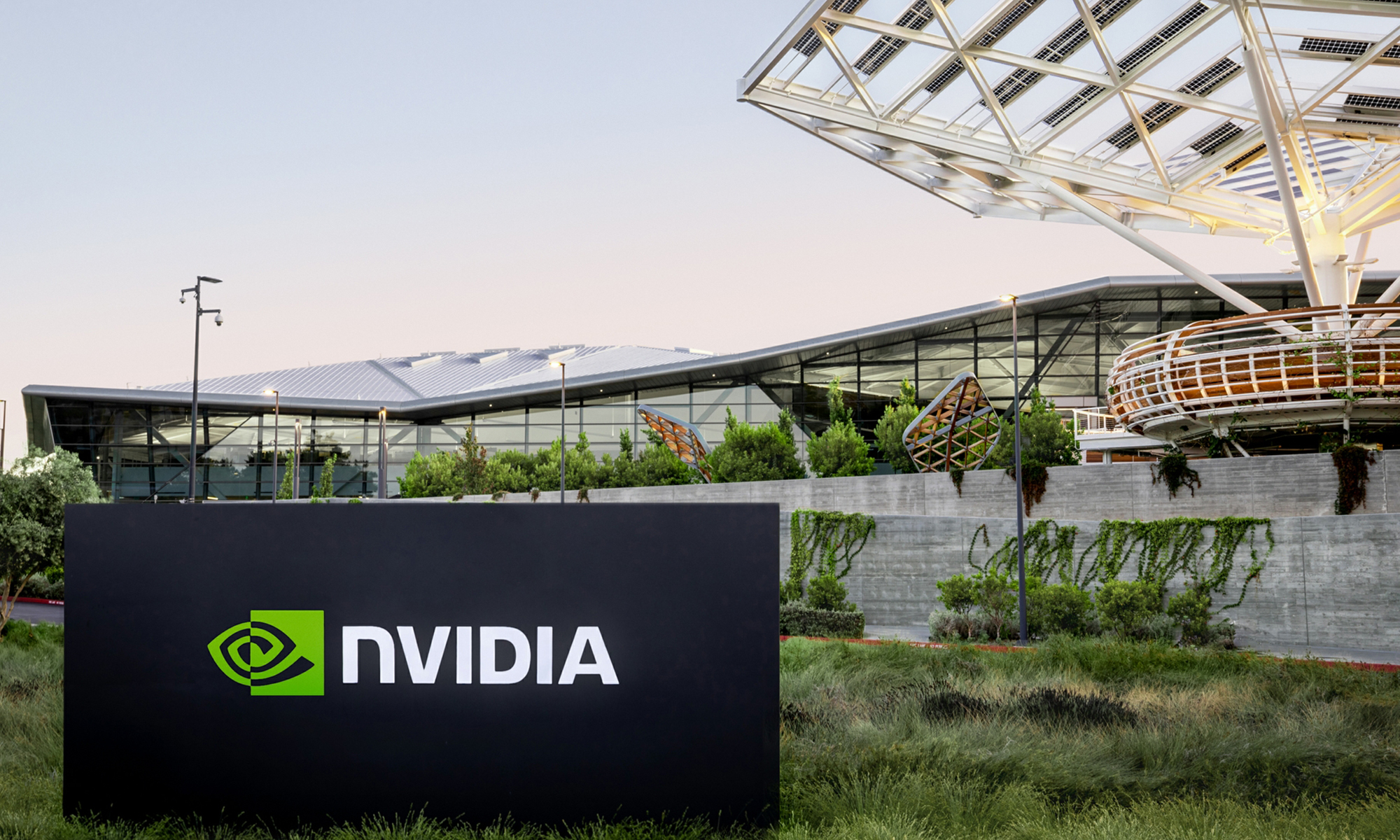Graphics chip company NVIDIA (NVDA +2.39%) is scheduled to report its first-quarter earnings after market close on May 8, but due to an email-related error that led to some people receiving a copy of the preliminary results early, NVIDIA released preliminary earnings information two days early. While we won't know the exact details of NVIDIA's first quarter until Thursday, the preliminary data shows that NVIDIA isn't slowing down, even with renewed competition from Advanced Micro Devices (AMD +3.21%).
A rundown of the results
NVIDIA's early release includes just the basic income statement and balance sheet for the first quarter, along with relevant comparisons. There's no segment information or guidance, but from the data released, it's clear that NVIDIA had an excellent quarter. Revenue jumped 16%, year over year, to $1.1 billion, slightly beating analyst estimates, and gross margin rose both sequentially and year over year. Operating expenses increased by just 4%, leading to an 83% jump in operating income and an 85% jump in earnings per share, year over year.
Drawing conclusions
NVIDIA derives most of its revenue from GPUs for the PC, although the company has been diversifying into enterprise and mobile products as well. NVIDIA has a roughly 65% share of the discrete graphics card market, and for quite a while the company has been one step ahead of rival AMD. AMD has made efforts to regain some of its lost market share, and while its recently released Radeon 295X2 dual-GPU product stole the performance crown from NVIDIA at the high end, based on NVIDIA's results it seems that AMD has been unable to make any kind of dent in NVIDIA's performance.
In NVIDIA's fourth quarter, the company reported that sales of its higher-end GTX gaming GPUs rose by 50% year over year. Based on the revenue growth reported for the first quarter, I wouldn't doubt that we'll see similar numbers on Thursday. If that's the case, then it shows that AMD isn't really gaining any ground on NVIDIA in the gaming GPU market. AMD reported strong demand for its GPUs during its most recent quarter, but since the company lumps its GPUs and console chips together in the same segment, it's not clear exactly how AMD's GPU business is performing.
One area where AMD is putting a lot of focus is professional graphics. NVIDIA's Quadro competes with AMD's FirePro, although "compete" hasn't really been the right word to use for quite some time. AMD controls only about 20% of the professional graphics market, leaving NVIDIA with an 80% share, and repeated attempts over the past few years by AMD to gain market share have failed. The new cylindrical Mac Pro will include AMD's FirePro cards, and this should help the company win market share. But with the workstation market dominated by Windows, it's unlikely the gains will be all that meaningful, especially considering that NVIDIA likely grew its professional graphics card sales in the first quarter.
The rise in gross margin could point toward solid growth in NVIDIA's other enterprise products, which tend to carry high margins. NVIDIA's Tesla line of accelerator cards have been growing rapidly, but the real product to watch is GRID. GRID is NVIDIA's graphics virtualization platform, and as of February, there were more than 450 potential enterprise customers trialing the technology. That's a 10-fold increase from a year ago.
NVIDIA believes that the market for GPU virtualization is about $5 billion per year, and while it will take time for enterprise customers to test out and adopt the technology, GRID has plenty of potential.
The mobile business is a bit of a wildcard. Tegra has had a rough ride, with the division consistently losing money as NVIDIA has struggled with getting design wins for its mobile chips. Automobiles might be the most promising market, and NVIDIA won $1.9 billion in business in the previous fiscal year. This revenue will be realized as the cars come to market over the next few years, but Tegra is off to a very good start in the automotive market. The merging of the GPU and Tegra onto the same graphics architecture could be one of the drivers behind operating expenses rising only 4% during the quarter, as there should be significant savings in research and development costs from focusing only on a single architecture. This means that the losses associated with Tegra may have declined, and that could be one of the reasons for the 85% increase in EPS.
The bottom line
Although NVIDIA released just the core details of its first quarter, a lot of information can be drawn from it. It's unlikely that AMD picked up much share in the GPU market, given the substantial revenue growth, and the strong gross margin suggests that NVIDIA's enterprise products are doing well. We'll have to wait until Thursday to get the whole picture, but it's safe to say that NVIDIA had a fantastic first quarter.







